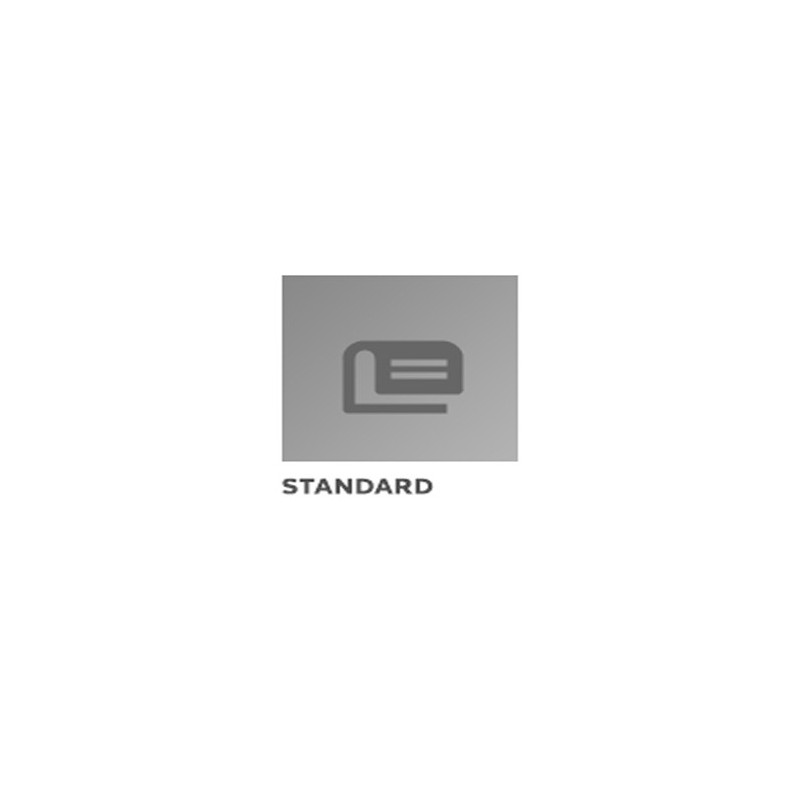Description / Abstract:
Purpose
This document provides functional, dimensional, structural, and
environmental requirements for vehicle transport devices used to
transport vehicles in wide-body aircraft. These devices are
intended for use either in conjunction with NAS 3610 or AS36100
approved air cargo pallets or with specially designed and approved
air cargo pallets. The unit load device (ULD) shall facilitate
alteration for carriage of general cargo during return haul. Pallet
nets used in conjunction with existing pallets in order to restrain
general cargo are also described in NAS 3610 and AS36100.
The minimum essential criteria are identified by use of the word
"shall". Recommended criteria are identified by use of the key word
"should", and while not mandatory, are considered to be of primary
importance in providing dependable, economical, and practical
vehicle transport devices. Deviation from recommended criteria
should occur only after careful consideration, extensive testing,
and thorough service evaluations have shown alternate methods to be
satisfactory.
It is the intent of this document to specify minimum air and
ground handling features and to ensure interchange capability and
compatibility with present and future air transport and ground
handling systems. It is not the intent of this document to specify
equipment designs.
Type A, B, C
The unit load devices specified herein shall be designed
primarily for the transport of vehicles and alternately for the
transport of general air cargo in an acceptable and profitable
manner.
This SAE Aerospace Recommended Practice (ARP) establishes three
types of transport units for carriage of vehicles in cargo
compartments of certified civil transport aircraft. The term
vehicle is used so as to encompass the possible transport of
vehicles such as golf carts, light commercial vehicles, motorbikes
etc. in addition to cars / automobiles. Type A (lower deck) and
Type B (main deck) will be used for carriage of one vehicle in
conjunction with an air cargo pallet secured within an aircraft
restraint system designed to be compatible with NAS 3610 or AS36100
approved ULDs, primarily in a random intermix with general cargo
pallets. Type C (main deck) will be used, in order to maximize
volume utilization, for carriage of two or four vehicles as either
a full or part charter operation (see Figure 1).
The equipment covered by this ARP are units that interface with
suitably approved / certified ULDs (typically air cargo pallets).
It does not seek to bring into being any new type of ULD, although
nothing prevents a potential new ULD being developed which uses
this ARP as a guide to the design process.
a. Type A:
Will be used for carriage of one vehicle on the lower deck of
both freighter and/or passenger wide body aircraft, in conjunction
with either a 60.4 in x 125 in (1534 mm x 3175 mm), a 88 in x 125
in (2235 mm x 3175 mm) or 96 in x 125 in (2438 mm x 3175 mm) air
cargo pallets. b.
Type B:
Will be used for carriage of one vehicle in slanted
configuration on the main deck of freighter wide-body aircraft, in
conjunction with either 88 in x 125 in (2235 mm x 3175 mm) or 96 in
x 125 in (2438 mm x 3175 mm) air cargo pallets.
NOTE: Max allowed angle for slanted car position is 40 degrees.
When the vehicle is loaded lengthwise in an aircraft, the lower end
must face forward to cover angle of attack at takeoff.
CAUTION: The angle of the vehicle storage in the transport
device is to be checked as some vehicles are not permitted to be
transported at a certain angle due to potential spillage or
overflow of liquids (hydraulic / battery / lubricants, etc.).
c. Type C:
Will be used for carriage of two or four vehicles in a double
level configuration on the main deck of freighter aircraft, in
conjunction with:
1. either NAS 3610 or AS36100 approved air cargo pallet(s) ,
2. or specially designed and approved air cargo pallet(s)
matching the width of vehicles in order to ensure maximum use of
aircraft volume.
Two kinds of Vehicle Transport ULDs are identified:
a. general purpose vehicle ULDs, useable as a single unit or in
a vehicle charter mode but with a variety of models / types fitting
the geometry constraints
b. dedicated vehicle ULDs designed to optimize volume and
handling efficiencies with a single defined vehicle model when used
on regular charter programs.


